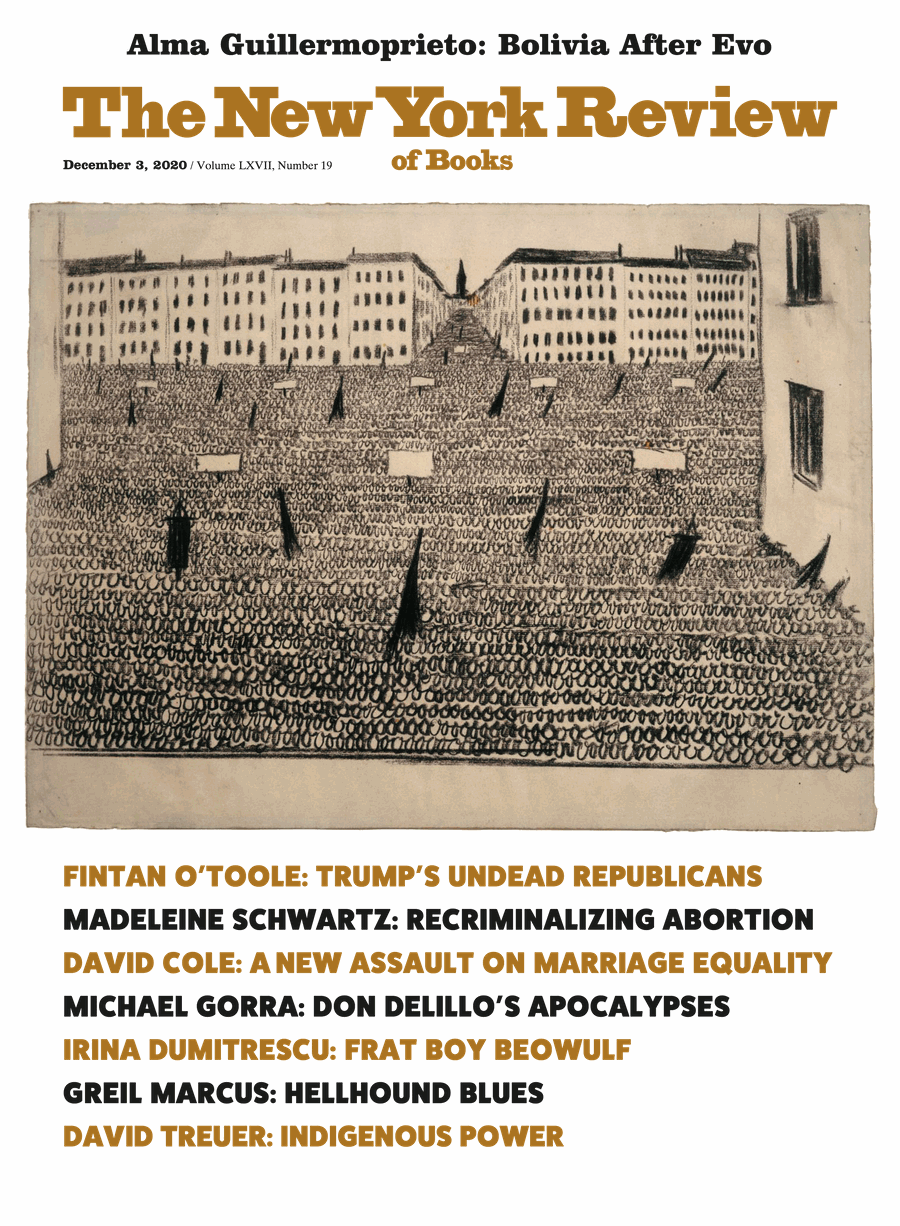In response to:
The Vitality of Orthodoxy from the July 2, 2020 issue
To the Editors:
Diarmaid MacCulloch’s review of John Anthony McGuckin’s history of the Eastern Orthodox Church [“The Vitality of Orthodoxy,” NYR, July 2] is a concise treasure trove of intriguing detail and insight, but it cries out for one small amplification. When explaining “the respectful attitude of Orthodoxy toward authority,” Professor MacCulloch appropriately points to the example of Romanian dictator Ceauşescu’s overthrow in 1989 as having been initiated not by those steeped in Orthodox tradition, but by the Reformed Protestants of the city of Timişoara. He does not, however, mention the fact that those Protestants were ethnically, linguistically, and culturally Hungarian, thus a casual reader might be led to believe they were ethnic Romanians whose ancestors had somehow joined the Reformation.
It’s true that several Hungarian princes of Transylvania in the sixteenth and seventeenth centuries made attempts at luring their Romanian subjects away from Orthodoxy and into Protestantism—resulting in, for example, a translation of the Bible into Romanian—but failed. Getting back to the issue at hand, it should be pointed out that Hungarians have always inhabited Timişoara (originally Temesvár), a historically significant city in the Kingdom of Hungary, ceded to Romania in the wake of World War I, along with Transylvania and other regions of Hungary. Even as the various Romanian regimes, especially the Communists, strove to demographically homogenize the major cities seized from Hungary, Temesvár retained much of its cosmopolitan, multi-ethnic character and Western orientation. The legacy of that past surely contributed to the events of December 1989.
Eugene Brogyanyi
New York City
Diarmaid MacCulloch replies:
I’m pleased to agree with everything that Eugene Brogyanyi says, although I might amplify it further by reminding him of the bizarre episode in Romanian Reformation history when in 1561 the Greek soldier of fortune Jakob Heraklides became Despot of Moldavia and endeavored to turn his territory over to Reformed Protestantism. His attempt foundered mainly on his Reformed commitment to destroy sacred objects and icons, which ensured his downfall and the affirmation of what is now Romanian Orthodoxy. I’m grateful also to Brogyanyi for drawing our attention to the continuing multi-ethnicity of that enchanting region, Transylvania, which endures despite all the travails of recent history. In many ways, Transylvania is the last fragment of pre-1939 Europe, and I urge all your readers to visit it and enjoy it, once our present peculiar situation is past.


